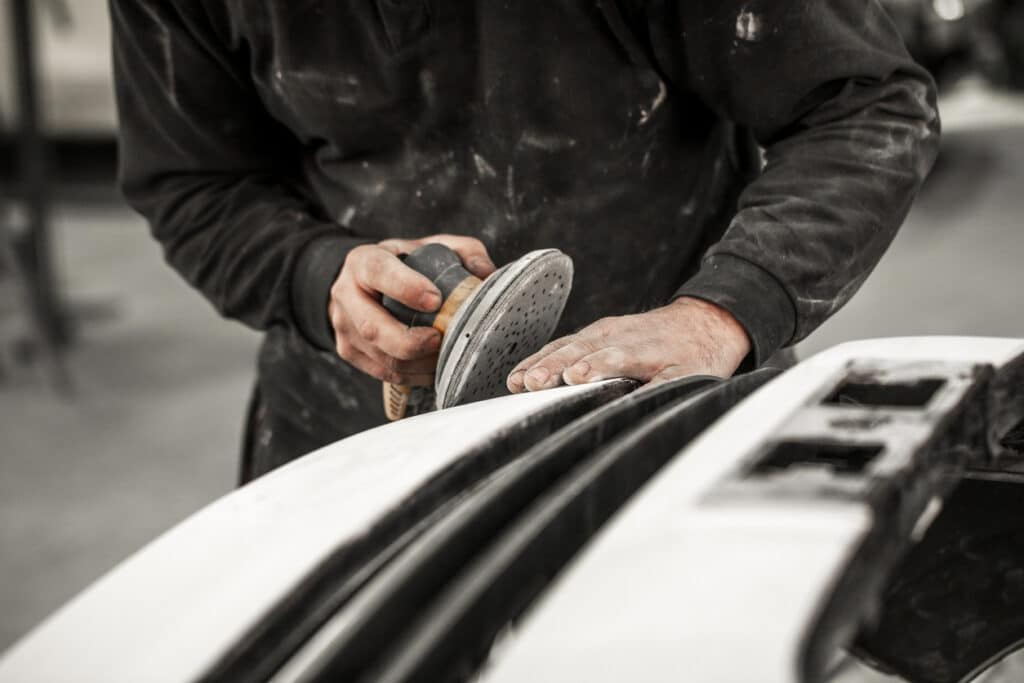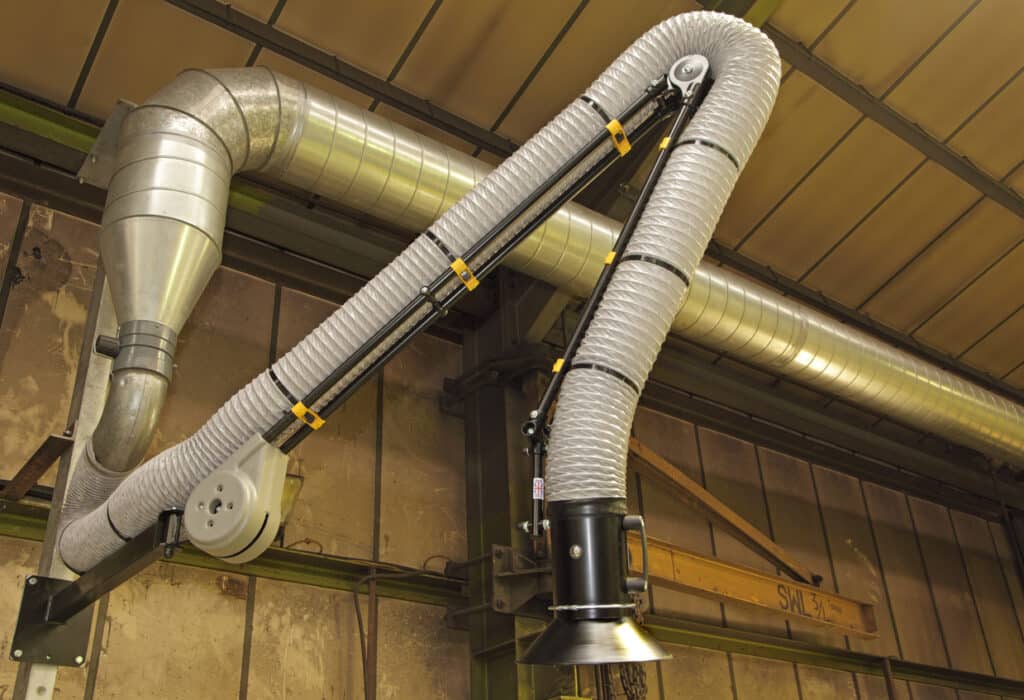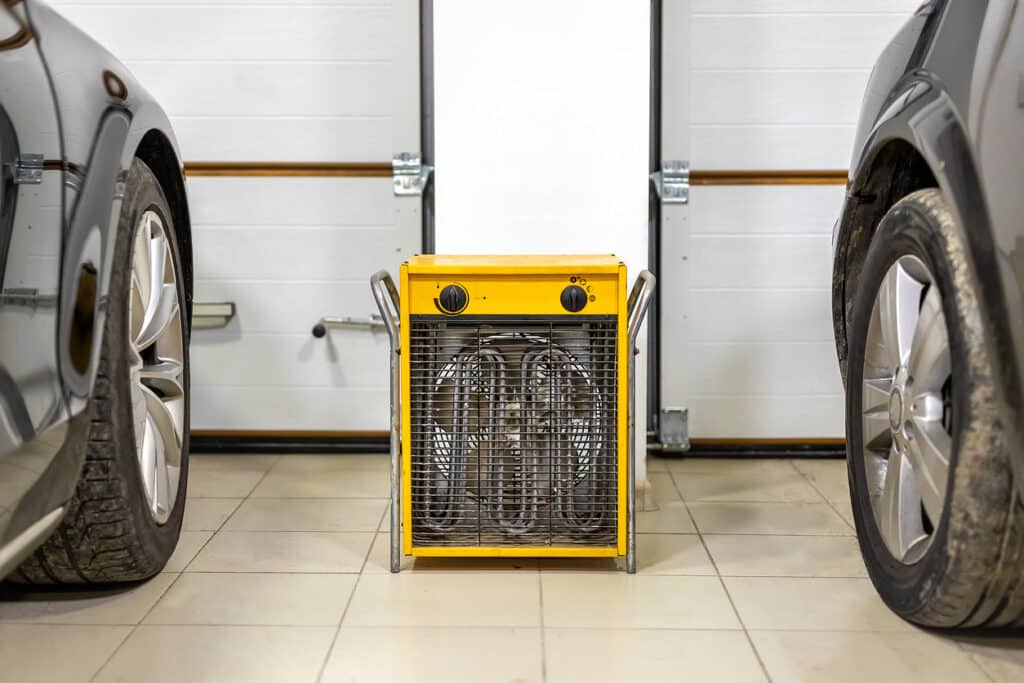How to Control Body Shop Dust: Dust Extraction, Masks & More
Dust in automotive body shops is a common problem and something that must be addressed in the correct way for both legal and health and safety reasons. The HSE’s EH44: Dust in the Workplace guidance outlines that dust exposure must be prevented. When prevention isn’t feasible, body shops must take appropriate measures to adequately control dust. In addition, COSHH regulations state that dust should be regarded as a substance hazardous to health which must be controlled as per the HSE’s Workplace Exposure Limit (WEL) Guidance.
If you’re starting out in the body shop industry and need to familiarise yourself with the top-recommended techniques for controlling body shop dust, our guide contains everything you need. From the basics of body shop dust and the potential risks to the three best methods for controlling dust in your body shop, the following advice can help keep everybody safe in your body shop, alongside keeping you out of any legal trouble.
What is Body Shop Dust?
Body shop dust refers to the tiny, invisible particles created when power tools like disc sanders are used on vehicle bodywork. Whether your team are working on a painted surface or applying and sanding body filler, a mixture of fragments containing different metals and chemical compounds enters the air.
Without proper precautionary measures, body shop dust can be harmful to employees or customers, regardless of whether there are any harmful substances mixed into the dust particles. In a body shop, dust typically consists of heavy metals like lead, aluminium and chromium which all pose a threat to humans if inhaled.

It’s important to note that there are two types of dust: inhalable and respirable. Inhalable dust is any airborne material that can enter the nose and mouth while breathing. Some dust particles might be larger or heavier and can get trapped in the nose, mouth, throat or upper respiratory tract. Respirable dust, on the other hand, is any airborne material able to reach the gas exchange region of the lungs. These types of particles can build up in the air spaces within the lungs and cause irreparable damage.
How to Control Body Shop Dust
Controlling the dust in your body shop is a crucial step in the right direction towards achieving good health and safety standards. Forgetting to take these precautions – even just on one occasion – could put the health and lives of your employees at risk. Dust particles can linger in the air for long periods, which is why it’s important to understand the full extent of what’s needed to control the dust produced in your body shop.
Taking the necessary steps to control body shop dust can lead to numerous benefits such as fewer sick days for your staff, easier cleaning procedures, and a more professional workspace. To achieve full control over the dust created in your automotive body shop, you can use dust extraction, ensure proper use of masks, and provide adequate ventilation. Below, we will explain how each of these works.
Dust extraction
At-source extraction is typically the top recommended solution since it prevents dust from dispersing into the broader working environment from the machine or process that creates the dust in the first instance. This means that your PPE and ventilation will be more effective since the majority of the dust will have already been extracted from the source.

However, a range of dust extraction solutions are available, such as portable and fixed units. Deciding which dust extraction unit to invest in will depend on how often you use tools that create dust and the size of the area you’re working in. For instance, smaller spaces tend to require more powerful dust extraction because the dust has a smaller surface area to settle in.
Before installing a dust extraction system, you’ll need to find a supplier and conduct a COSHH assessment to find out the risks of body shop dust in your workspace. This should influence your decision of which solution is right for your body shop. The next step is to install the system of your choice and ensure it’s in use each time that dust is produced in the body shop.
Proper use of masks
Inhaling dangerous particles can be incredibly harmful, which is why body shop managers must encourage the proper use of masks and respiratory wear when dust particles are present in the work area. Each staff member should be provided with any necessary PPE under HSE guidance and should be aware of the risks they take if they choose not to do so.
Chronic inhalation of metal compounds can be fatal, with issues such as breathing problems and lung disease being common among those who don’t adhere to proper mask usage when in close proximity to dust. Over time, metal dust particles settle and steadily build in the airways of the lungs, causing them to become inflamed and irritated.
Masks should be worn over the mouth and nose and should be tight against the face to prevent the tiniest particles from entering your respiratory system, mouth or nose. They should also be worn for as long as possible since dust can take a long time to settle. The longer your staff can wear their PPE, the better.
Ventilation
Alongside proper use of masks and dust extraction systems, adequate ventilation is also vital for controlling body shop dust.
One of the best ways to do this is to use well-ventilated equipment. Check that your power tools contain filters and meet the current health and safety regulations regarding dust exposure. The workspace should also offer good ventilation. Fans, de-humidifiers and vents should be installed and used during any work when dust is produced, such as during the sanding process. These will help keep the air quality levels in your body shop at the right standards and protect your staff.

What are the Hazards of Body Shop Dust?
As we’ve touched on, body shop dust poses hazardous risks to human health. So, what are the main hazards? Our list below includes various health hazards linked to body shop dust:
- Inflammation and/or irritation of airways and/or lungs
- Breathing problems
- Lung conditions often associated with long-term dust exposure such as siderosis which is a lung disorder that can lead to further complications like pneumonia
- Skin issues such as dermatitis from contact with harmful chemicals
- Eye irritation
Body shop dust can also cause other hazards. If dust is allowed to settle, it can fall on the surfaces around your body shop and contaminate other work. Similarly, it can cause hazards during the cleaning process since the dust will need to be removed from the workbenches and your tools to keep these in good working order. To help with this, it can be a good idea to use surface protection film on delicate surfaces within your workshop if you’re aware that dust will be produced.
Whether you’re looking for new ways to protect your staff from potential health and safety hazards or are building up your knowledge of the rules and regulations around working in a body shop, our expert guide includes a comprehensive view of body shop dust and how to control it.
From our experts to yours, at JTAPE we’re here to pass on our extensive knowledge and tips on all things automotive-related. To discover more of our excellent guides, check out our blog.


